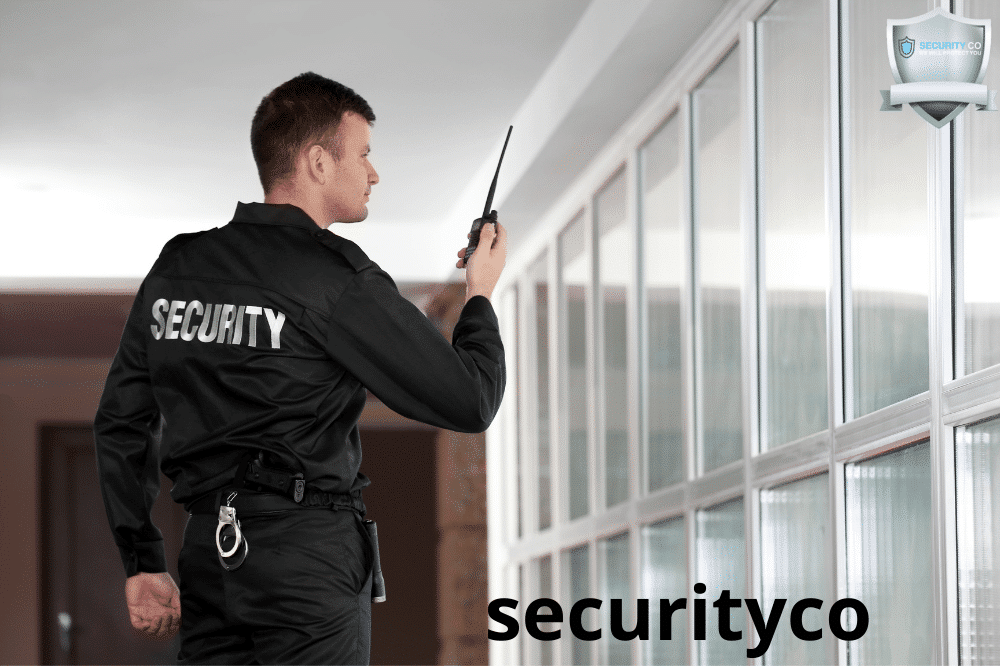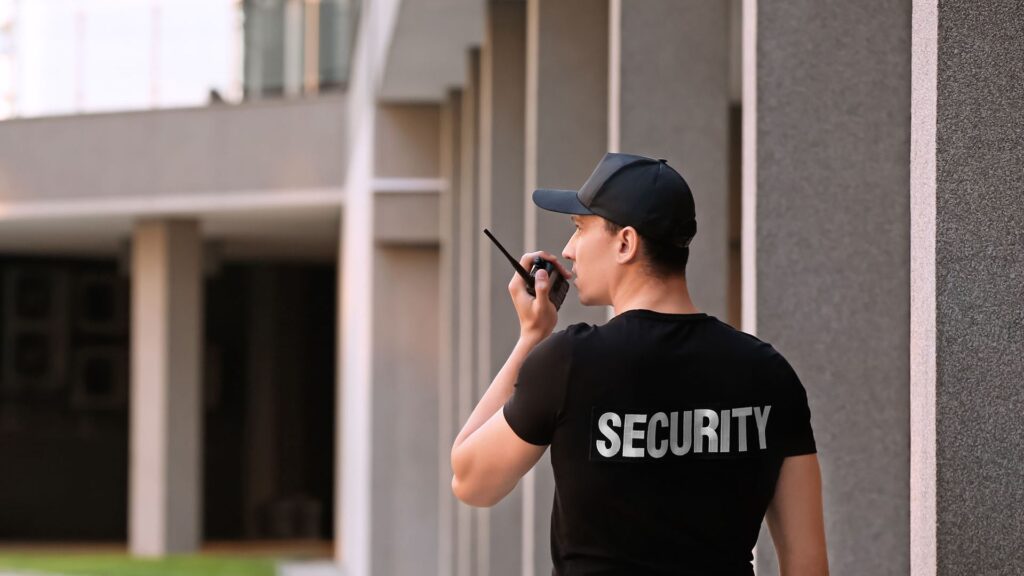Bank and banking security
Bank and banking security **Bank and Financial Institution Security**
Securing banks and financial institutions is among the most critical security needs, requiring the implementation of a comprehensive security plan that includes an integrated security system, as these establishments are always targets for theft and vandalism.
To provide the highest level of security, all necessary arrangements, procedures, and both permanent and potential measures must be taken to protect the bank from any threats to its safety, such as sabotage, destruction, or direct attacks.
Contrary to popular belief, banks are not entirely inactive during official holidays and other breaks. In reality, operations within the bank continue, and during holidays, the role of security personnel becomes even more stringent, with heightened security measures at bank premises and ATMs around the clock. This includes the presence of official security personnel and additional security guards assigned to protect the establishment.
The bank’s security system relies on the use of advanced technology, particularly surveillance cameras, electronic gates, and a strict inspection system.
Bank and banking security
**Role of a Security Guard in Responding to Any Threat to the Bank’s Security:**
– Provide early warning of any potential threat to avoid surprise attacks.
– Install floodlights around the building.
– Regularly check the operation and functionality of surveillance cameras and maintain daily recordings.
– Ensure the capability to resist any attack or theft by following tactical procedures in security measures.
– Review and confirm security procedures for visitors and restrict their movements to permitted areas only.
– Continuously sweep and monitor the area surrounding the bank building and its facilities.
– Avoid sticking to a fixed routine.
– Refrain from responding to inquiries or providing any information about the bank’s facilities or staff to strangers.
**Duties and Responsibilities of the Security Unit:**
– Monitor all aspects of security and take corrective actions against any breaches.
– Emphasize that security responsibility lies with everyone, including employees and branch managers.
– Follow up on changing security procedures and ensure the implementation of permanent security orders.
– Enforce the established security policy and ensure it is followed by the security personnel.
– Oversee the security policy within the bank, including procedures and arrangements.
**Securing the Protection of Cash Transfers: The Duties of the Security Unit in Money Transfer Include:**
– Provide an armored cash transport vehicle (bulletproof) and bulletproof vests.
– Provide a remote surveillance vehicle for quick intervention.
– Equip the vehicles with fast communication devices.
– Ensure the presence of qualified personnel (drivers and guards).
**Develop Basic and Alternative Plans for Protecting Cash Transfers, Which Include:**
– Utilize multiple routes during transit to break daily routines and use side mirrors to detect any surveillance or tracking.
– Avoid crowded or suspicious areas as much as possible.
– Train the security teams and escorts, improve their physical fitness, and provide them with karate or kung fu training.
– Carefully select security and protection personnel after subjecting them to medical examinations and resolving their social and psychological issues to prevent any infiltration. It is important to recognize that the biggest vulnerability for potential breaches often lies in close circles of relatives, friends, and neighbors.
– Do not disclose the movement of the cash transport vehicle over the phone or in front of anyone, and it is preferable to use evasive tactics.



